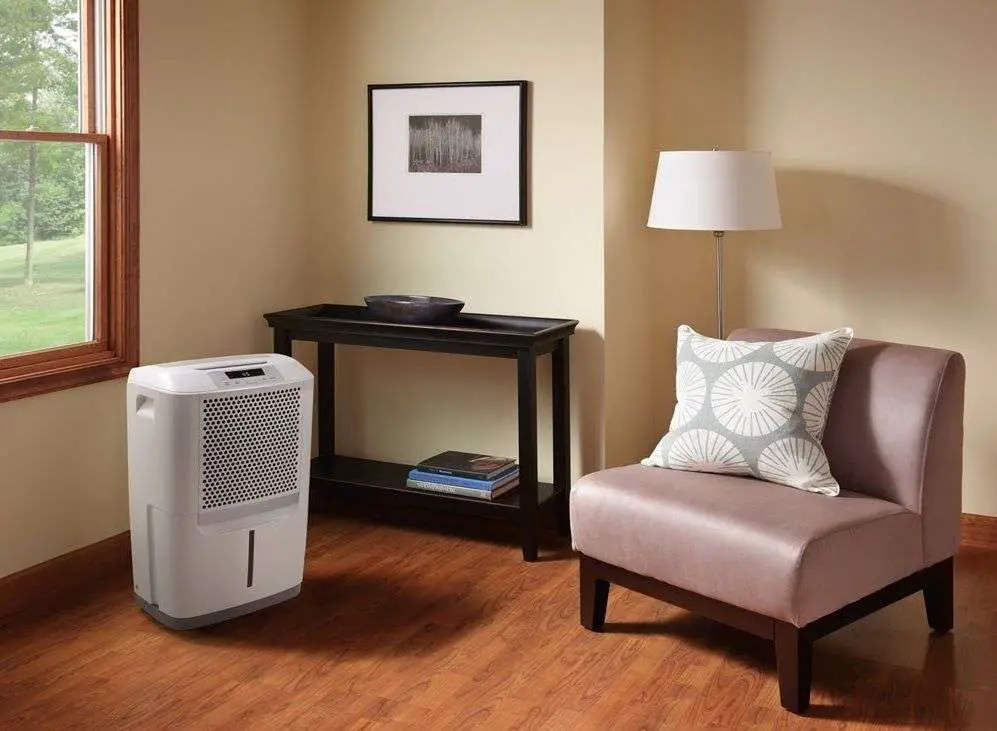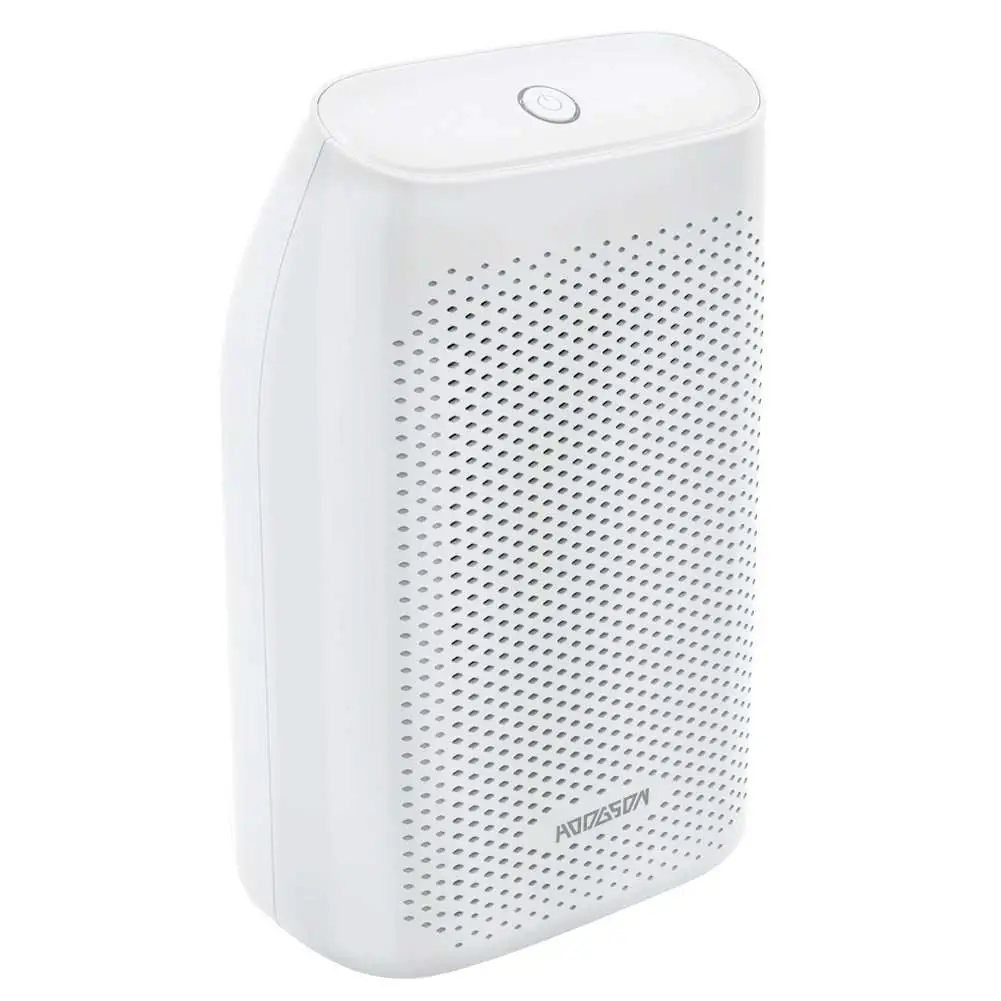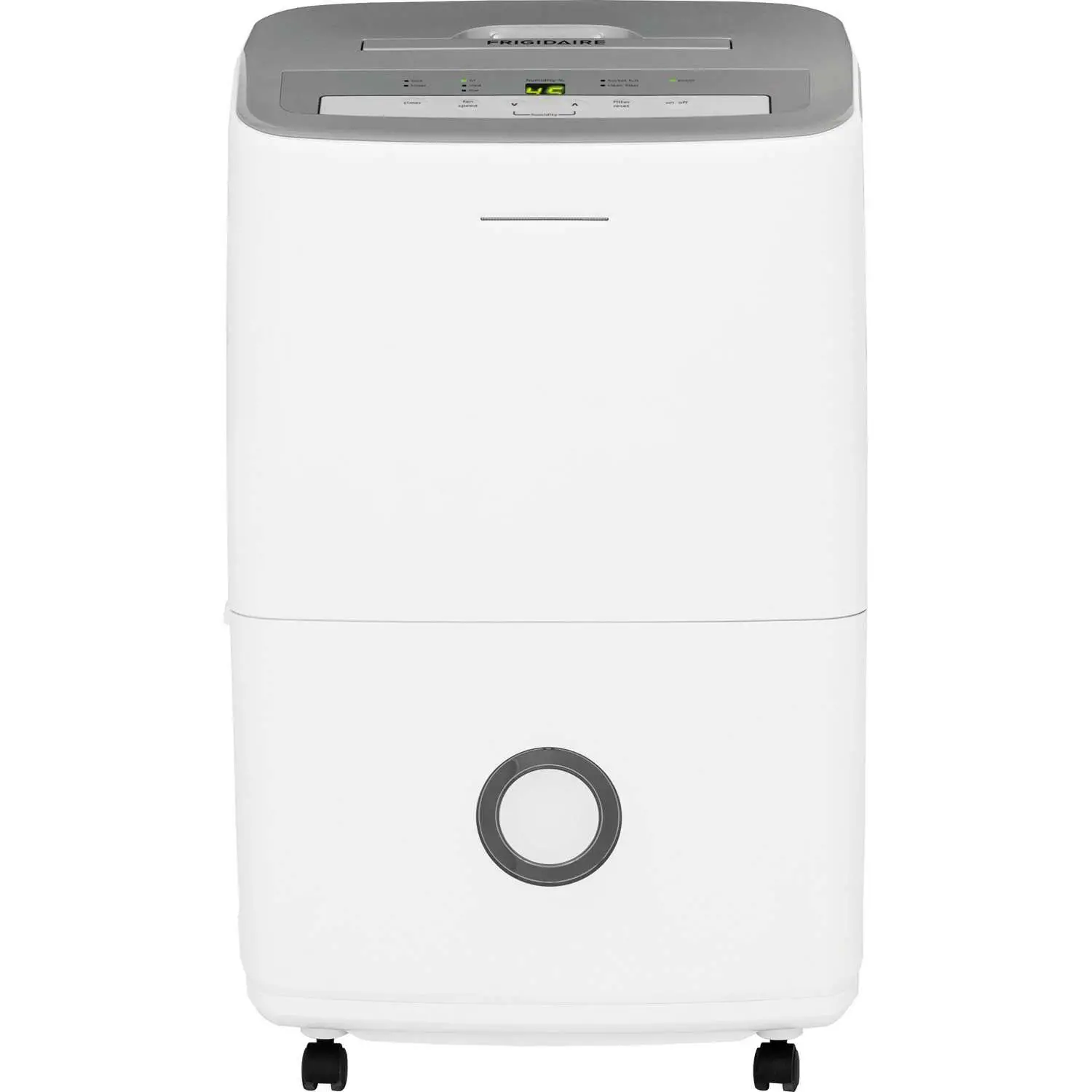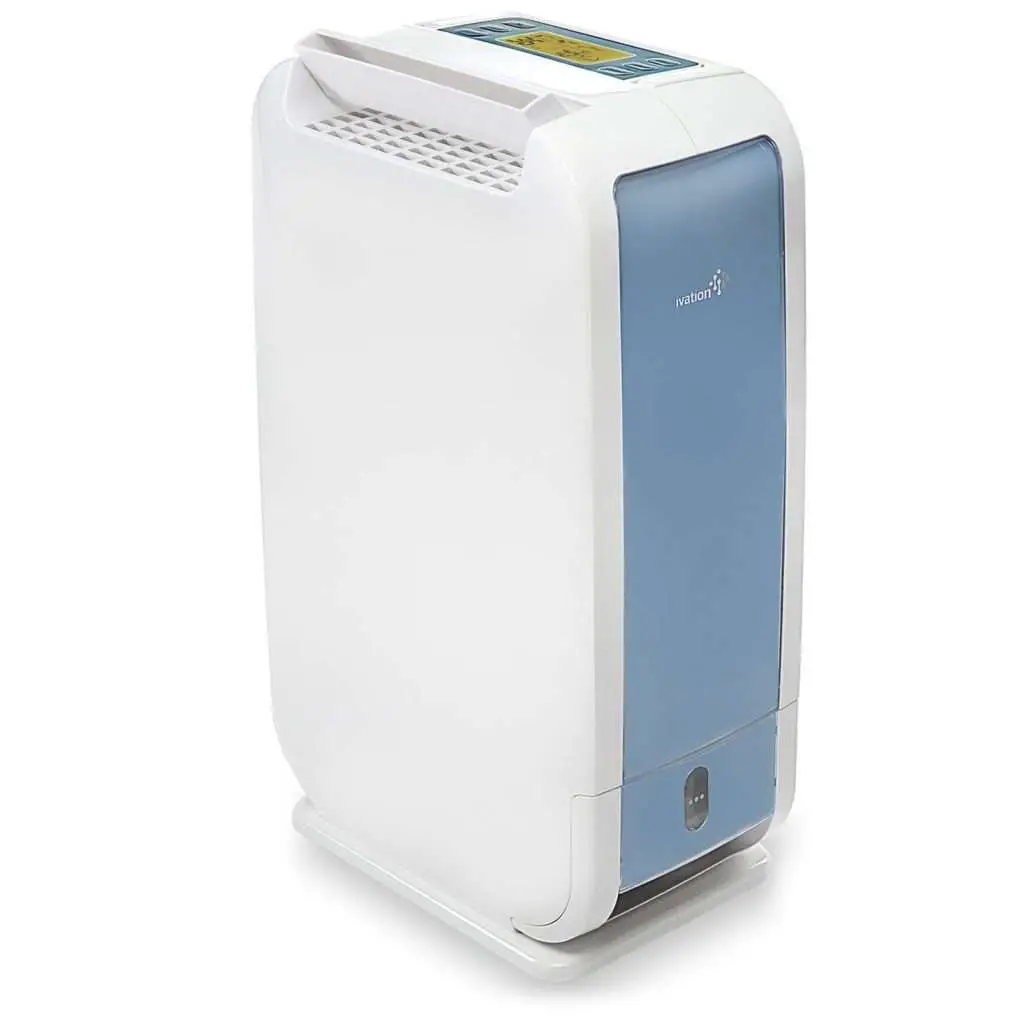Dehumidifier technology has progressed considerably over the years to the extent that there are now several different types of model available for you to buy. The trick is in knowing the difference between each model available and the type that you require for your home, office or RV.
To assist you in your buying decision, we’re going to outline the differences between compressor dehumidifiers and the thermo-electric type as well as provide a summary of their advantages and disadvantages.

Conventional Compressor Dehumidifiers
Most people are familiar with the compressor variety which covers any large plug in dehumidifier which has an audible fan and can remove 30+ pints of moisture from the atmosphere in any 24 hour period such as a 30 pint dehumidifier model.
The most popular type of dehumidifier available, the compressor variety are the favoured solution for when you need to lower the humidity levels of a large internal space quickly.
Humidity levels are reduced by creating a cold surface which when warm air lands on it, condensation is formed which removes moisture from the air and collects it within the dehumidifier.
Thermo-Electric Dehumidifiers
The thermo-electric dehumidifier also enjoys a significant amount of popularity as they are generally smaller by design and are much quieter due to their compressor-less operation.
Thermo-electric dehumidifiers work differently due to the fact that there is no compressor present, instead relying on a ‘desiccant wheel’ which absorbs moisture from the air. This wheel is then recharged by an electric heater when saturated, allowing the dehumidification process to be repeated continually.
Which Type Of Dehumidifier Is right For Me?
To help you decide, we’re going to outline several scenarios below which should assist you in coming to a conclusion.
Internal Air Temperature (Below 15°C / 59°F)
Compressor dehumidifiers rapidly begin to lose efficiency when the air temperature begins to fall. This is simply due to the laws of physics and how this type of dehumidifier works (the compressor temperature needs to be lower than the ambient temperature) rather than a design flaw.
If the internal space that you are trying to dehumidify consistently falls under 15°C or 59°F, you are better off purchasing a desiccant model for maximum efficiency. Dehumidifiers for crawl space use will either utilize desiccant or compressor technology depending on the model.
Most dehumidifiers for basements will utilize compressor technology although you can seek out a desiccant model if your basement is particularly cold.
Are You Trying to Warm the Space You Are Dehumidifying?
Another difference between the way that each type of dehumidifier operates is in the variation in air temperature that they both output.
The air that a compressor dehumidifier outputs will be a few degrees warmer than the ambient temperature whereas a desiccant dehumidifier will warm the air by around 15 degrees.
Quite a marked difference, so a desiccant model is better for cold spaces that you would like to heat, and a compressor model is better for warmer spaces that you would rather remain cool.
Running Costs
Generally speaking, compressor dehumidifiers are cheaper to run than their desiccant counterparts.
It is also important to note that dehumidifiers are typically used the most during the colder winter months – and so if you take into the account the passive heating ability of thermo-electric models – this type of dehumidifier could in fact actually be the better choice for your needs, regardless of the fact that your electricity bill may be slightly higher.
Drying Washing Indoors
Drying your laundry indoors results in the production of a significant amount of moisture. The presence of such moisture can exacerbate mold problems which is why many homeowners who dry their laundry indoors utilise a dehumidifier.
Either a compressor or desiccant model will be a fantastic addition to your home if you regularly dry clothes indoors so choose the best model for your needs based upon the rest of the criteria we have outlined.
Portability
Dehumidifiers rarely need to be moved around the house as moist air will travel to dryer areas for processing wherever your dehumidifier is located. Simply keep your internal doors open for maximum effect.
If you find yourself needing to move your dehumidifier regularly, we suggest purchasing a smaller, lighter model such as the desiccant variety as a compressor usually adds at least 5kg to the weight of the appliance.
Noise Levels
Dehumidifiers are often used in bedrooms, studies and lounges which means that they need to be as quiet and as unobtrusive as possible.
If noise pollution is your primary concern, we suggest purchasing a thermo-electric model as they are much quieter in operation – typically around the 40db mark when in low fan speed mode. That said, there are several ‘whisper quiet’ compressor models which have been specifically designed for low noise level environments.

In Conclusion
We hope by now that you have enough information at your disposal to come to an informed decision regarding which type of dehumidifier is going to be the most suitable for your situation.
If you decide on a compressor-based dehumidifier, we recommend looking at a 70 pint dehumidifier model as they are the most efficient for any given task.
If you instead decide on a thermo-electric model, we recommend checking out our bathroom dehumidifier page as they all utilize desiccant technology.
You can also consult our comprehensive information resource for a wider overview of dehumidifiers.
Resources:



